Good lighting contributes to riding safety
Motorcycle lighting is all about addressing the driver’s need to see and be seen. Motorcycling is a popular form of transportation and recreation. It excels in providing convenient, affordable personal mobility. Motorcycle enthusiasts enjoy the feeling of a sensory, exhilarating rush that they simply cannot get on four-wheel vehicles. A universal truth of motorcycling, however, is that motorcycling is not only physically and physiologically demanding to the driver, riding a motorcycle is also more dangerous than driving a car and there is a much higher risk when driving at night or under adverse weather conditions.
Lighting is one of the critically important elements of driving safety, especially during foul weather and night rides. It must illuminate obstacles and hazards coming your way in the dark of the night and allow other road users to see the vehicle’s presence, position, size, direction of travel, and your intentions regarding direction and speed of travel. Beyond being crucial to facilitate a safe and fatigue-free ride, lighting heavily influences the look of a motorcycle and can give distinctive radiance that is sure to take the vehicle to the next level in style.
Motorcycle lighting systems
The forward lighting and signaling system of a motorcycle consists of headlights, daytime running lights, taillights, fog lights, direction indicator lights (turn signals), stop lights, position lights, and license plate lights. Product information on motorcycle headlights is covered in a separate thread. This guide is created to list all motorcycle lights other than headlights.
Daytime running lights are bright white or yellow forward lighting devices that are intended to improve the forward conspicuity of a motorcycle against its background when its main headlamps are not be activated, such as during daylight conditions.
Fog lights are auxiliary lighting devices mounted on the front of a motorcycle to provide improved visibility of the road in conditions of poor visibility such as rain, fog or snow.
Auxiliary driving lights are typically created for off-roading applications. They are used in combination with headlights to maximize forward distance and improve peripheral visibility.
Turn signal lights are mounted on the front and rear of a motorcycles to give other road users a signal of intention to turn right or left. They should be visible from all distances to 300 feet during normal sunlight. Front turn signal lights emit white or amber light and rear turn signals may be red, amber or yellow.
Taillights emit a red light plainly visible from a distance of 500 feet to the rear to designate the rear of a vehicle. Brake lights (stop lights) may be incorporated with taillights. Brake lights are activated upon application of the service brake and emit a steady burning read light that is plainly visible from a distance of 500 feet to the rear of the motorcycle in normal daylight.
Front and rear position lights are used to indicate the presence and the width of the motorcycle when viewed from the front and from the rear.
A rear license plate light emits a white light that makes the license plate is visible from a distance of 100 meters on a clear night.
LED lighting leads the way
As with everything that is technology-driven, motorcycle lighting systems have evolved to a new level of sophistication with the advent of solid state lighting (SSL). LED technology has become established as the standard. To this very day LEDs are the universal choice of light source for use on new vehicles. This semiconductor emitters are forward biased p-n junction devices which have quantum well active layers sandwiched between oppositely doped semiconductor compound layers. When the p-n junction is applied with a sufficient voltage it will break down causing electrons and holes to flow from n- and p-doped layers into the quantum well where they recombine to produce light.
Operating on the principle of injection electroluminescence (electron-hole recombination) allows LEDs to achieve a high quantum efficiency. Phosphor-converted white LEDs have a luminous efficacy of up to 200+ lm/W, which outperform conventional light sources by an enormously wide margin. Aside from improvements to source efficiency, LEDs offer many other impressive advantages over incandescent and halogen light sources, including: longer lifetime, faster switching, full range dimmability, spectral controllability, solid state durability, and smaller source size.
Technology implementation
LED motorcycle lights can be divided into the lamp-based and integrated types. Lamp-based LED motorcycle lights are conventional lighting devices that use retrofit LED lamps (LED bulbs) to produce light. However, LED bulbs are not an effective use of the LED technology because the design of both the heat sink and driver circuit is compromised due to the physical constraint of legacy lamp form factors.
Modern motorcycle LED systems are of the integrated type which is constructed around integrating the LED packages with the system components for thermal management, optical control and power conditioning to achieve optimal performance metrics and the required form factor. Package-level integration makes it possible to build the shortest possible thermal path and maximize the total ambient contact surface area, thereby boosting the heat flow from the LED junction to the ambient environment. Effective thermal management is critical to lumen maintenance and device reliability.
Integrated system design offers the opportunity to advance beyond legacy form factors and add a new dimension to vehicle styling. Excellent controllability of light output and spectrum enables dynamic lighting effects to be created and allows to fine tune a static color out of a broad color gamut. With LED lighting, there is a proliferation of stunning accent lighting products that can be used to increase the wow-factor.
Light source
In integrating LEDs into a system, the environmental and operational stress conditions should be carefully evaluated in order to select the LEDs that are best fitted to an application. Based on the package platform LEDs can be classified into four types: ceramic-based high power packages, mid-power plastic packages, chip-on-board (COB) packages, and chip scale packages (CSPs). High intensity or high lumen output motorcycle lights generally use ceramic or CSP high power LEDs which are constructed to operate reliably under elevated levels of thermal stresses. Mid-power LEDs are commonly used in applications where high flux density operation is not a necessity. COB packages are designed for applications where a uniform light output is of paramount importance.
Aside from phosphor-converted white LEDs, accent and decorative motorcycle lights often incorporate LEDs that emit a monochromatic color such as red, green or blue. Dynamic lights capable of changing color are becoming more and more popular in vehicle lighting applications. These products fall into two types: the “analog” type and “digital” type. The analog type color changing lights operate several channels of LED strings and display one color across the LEDs of the same channel. Digital color changing lights consist of addressable LEDs which can individually be commanded and controlled to create a vast variety and combination of dynamic effects. Color changing motorcycle lights are commonly designed as LED strip lights.
Reliability and durability
While many of the performance variants depend on the LED package selection, the operating environment determines whether or not the LEDs can perform to their highest capacity. It is critical to operate the LEDs with a high efficiency LED driver that can deliver to its load precisely regulated DC power, regardless of changes in the battery voltage or LED forward voltage. The heat sink should provide sufficient cooling capacity to keep the LED junction temperature below a set limit.
Motorcycling may expose the lights to repeated vibration, which calls for the formation of high reliability solder joints between the LED packages and PCB so that open circuit failures will not occur under high mechanical stresses. To protect the LEDs and driver circuits against the ingress of water and dust, motorcycle lights are hermetically sealed to a high IP rating (e.g., IP67). The housing needs a surface treatment for endured resistance to all forms of corrosion. Optical lenses should be impact resistant and have superior scratch and UV resistance.

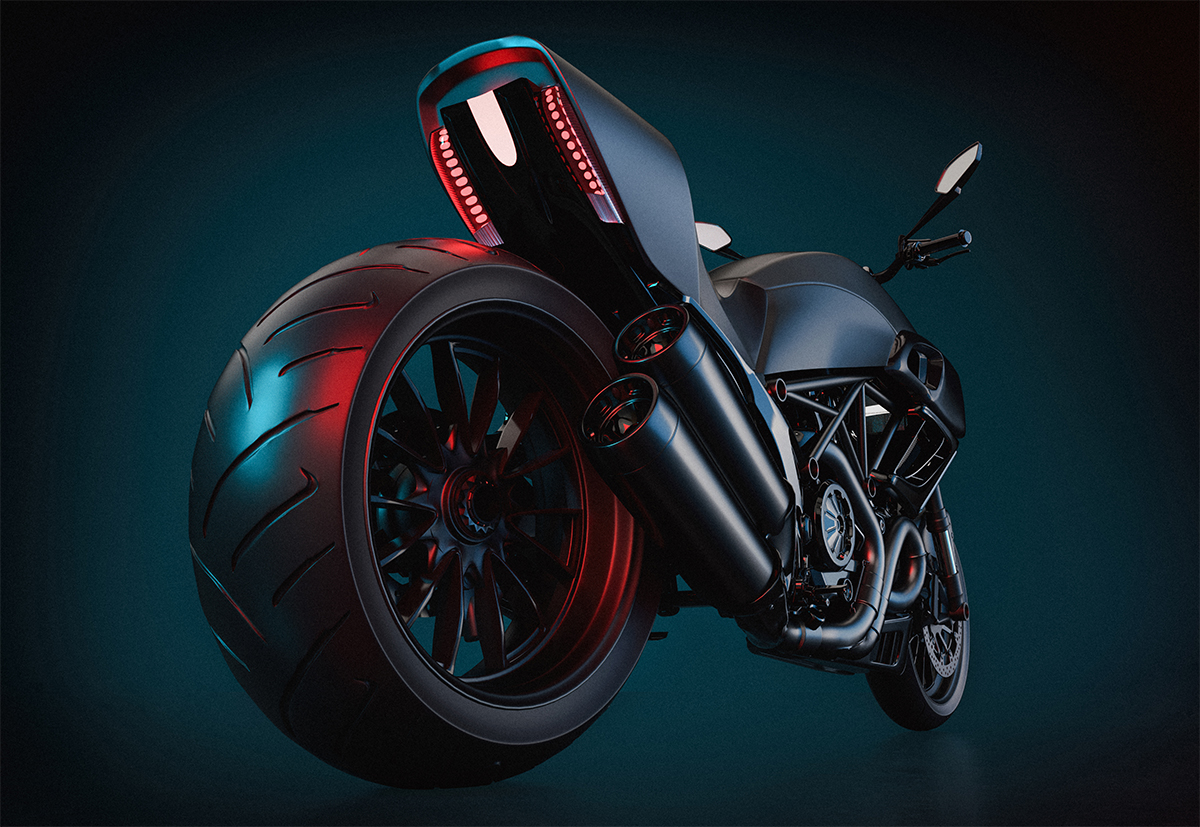
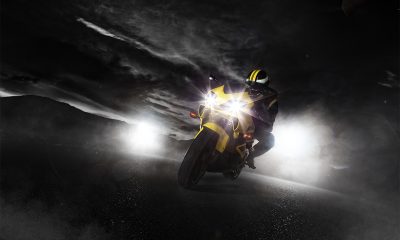


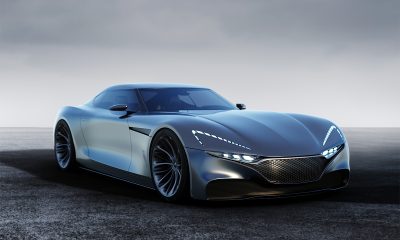
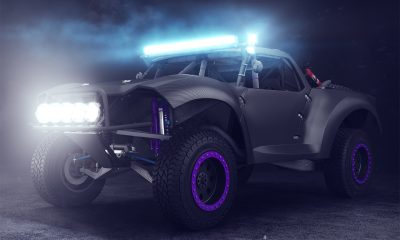
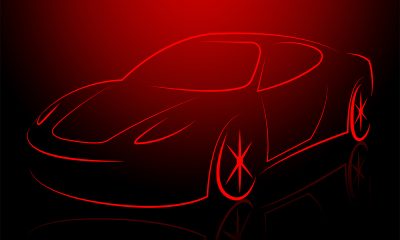
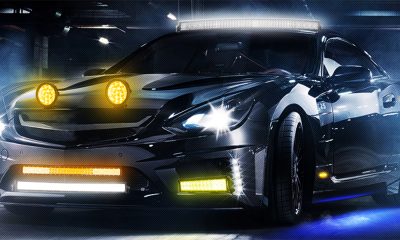
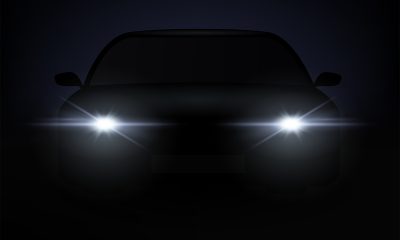


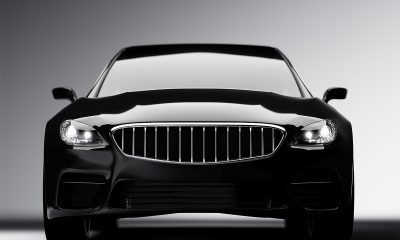






Loading...